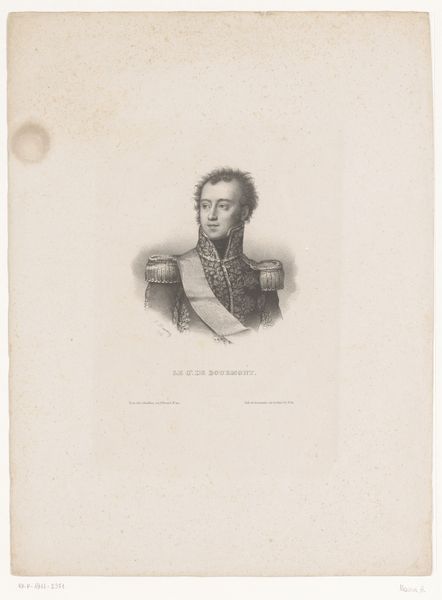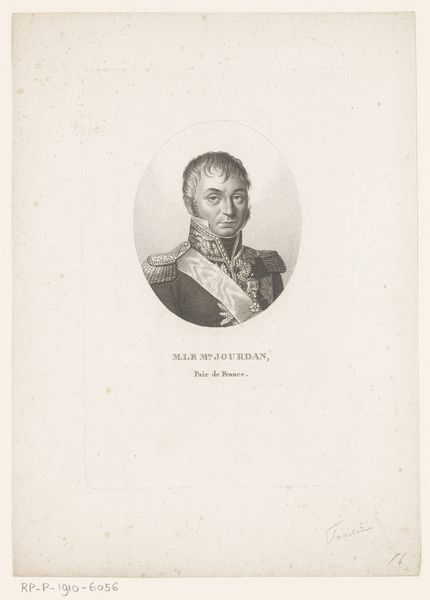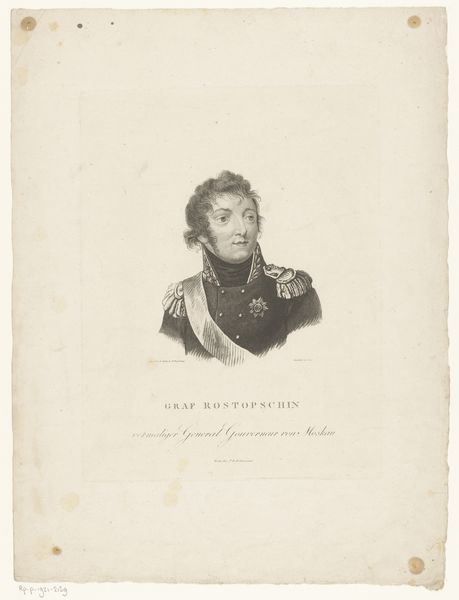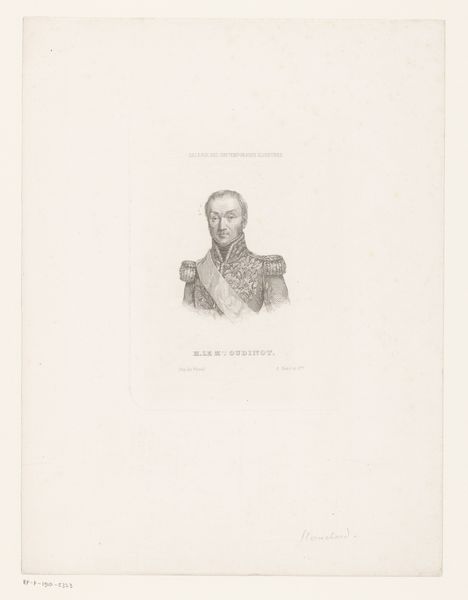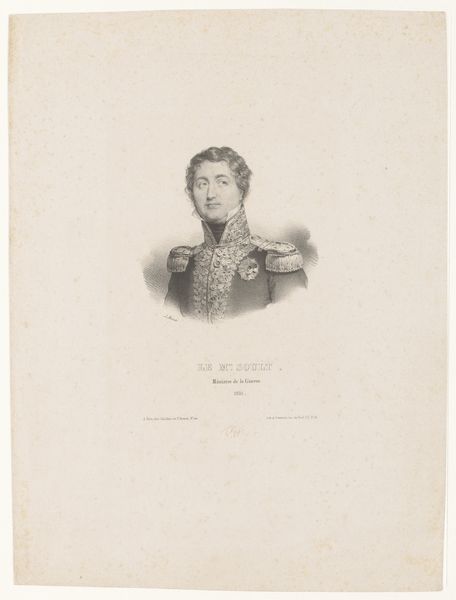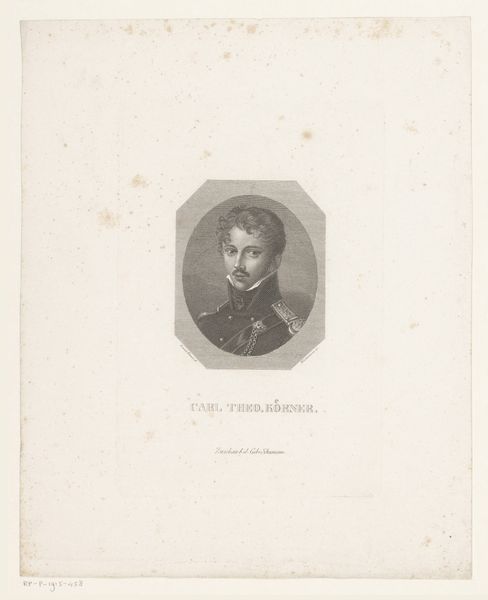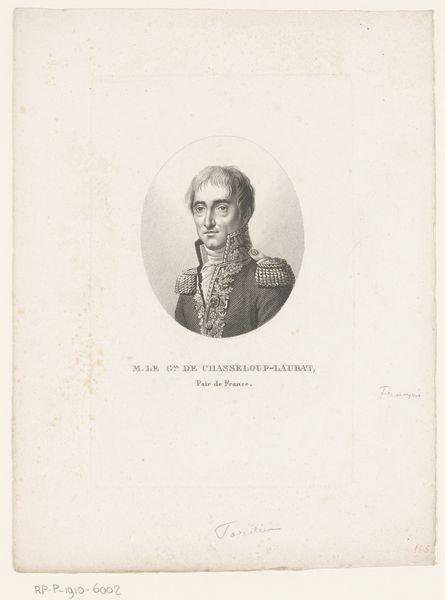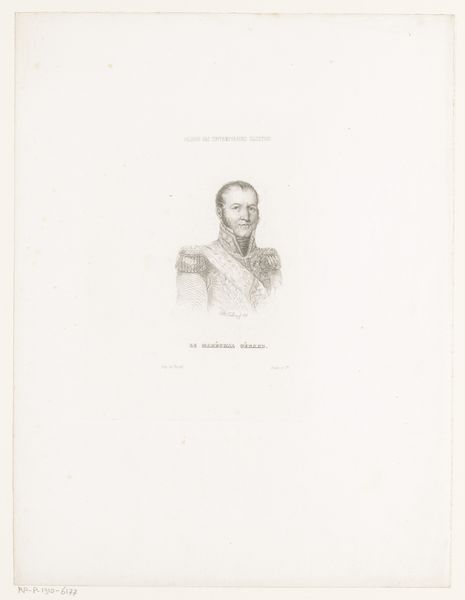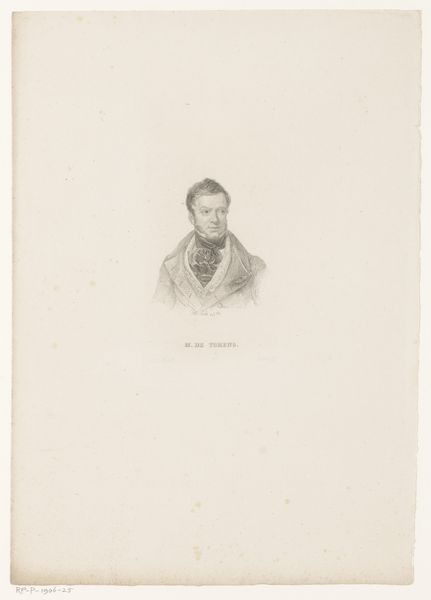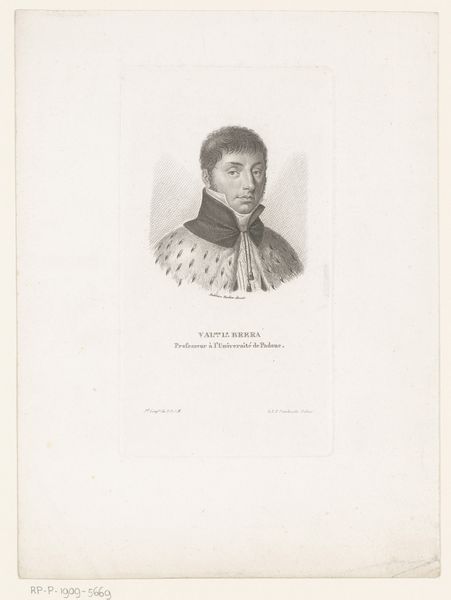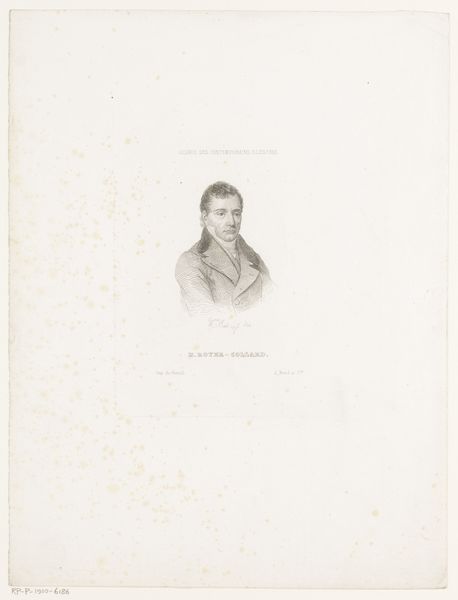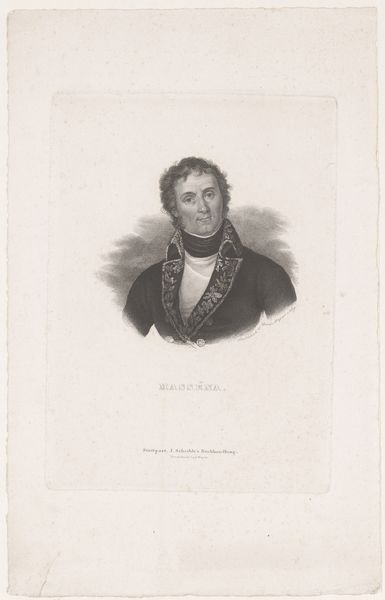
paper, engraving
#
portrait
#
neoclacissism
#
old engraving style
#
paper
#
history-painting
#
engraving
Dimensions: height 218 mm, width 138 mm
Copyright: Rijks Museum: Open Domain
Editor: This is "Portret van Jean Dominique Compans," created between 1820 and 1821 by Ambroise Tardieu. It's an engraving on paper, very much in that neoclassical portrait style. There's an interesting formality and restraint, but I wonder what stories lie behind that stern face. What do you see in this piece? Curator: I see the embodiment of French ambition after the Revolution, distilled into potent symbols. Notice the uniform: every cord, every epaulette, carries the weight of military and social meaning. Consider those decorations, too; each one a testament to service, loyalty, and bravery...but also, potentially, a symbol of a shifting political landscape and rewarded allegiance. What memories are woven into such display? Editor: It’s almost like he is a figure molded by history and these decorations solidify that fact. But is there a cultural purpose in memorializing a general in this way? Curator: Precisely. He stands as a representation of the era. The engraving is not simply a likeness; it is an _image_, imbued with the values, the hopes, and the anxieties of a society attempting to rebuild itself, with reference to Roman and Greek models, after immense upheaval. Consider, also, that this image would have circulated widely, influencing public perception and solidifying Compans' place in the national narrative. Editor: So it is as though this image broadcasts particular virtues back to society. Thank you, I am walking away with a deeper appreciation of historical images now. Curator: Indeed. Remembering that even a stern portrait can be a powerful voice echoing through time.
Comments
No comments
Be the first to comment and join the conversation on the ultimate creative platform.

